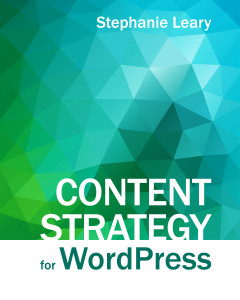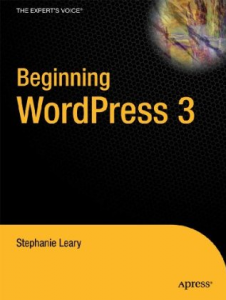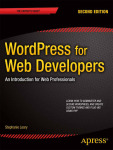This may not be news to anyone but me and the person who was asking me about it, but Google turned up nothing on it for me a couple of weeks ago. A co-worker was asking me about Jaguar, and whether the shelf worked the same way it did in NeXT. I scratched my head and confessed I didn’t quite know what he was talking about. (If you do, skip the next paragraph.)
The shelf is the area in a Finder window that has the back/foward buttons and the icons for Home, Applications, etc. (and the Search box, if you have Jaguar). Some applications have shelves too – in Chimera/Camino, it’s the bookmark toolbar; in Rbrowser, the shelf displays (by default) icons for the root folder and your home folder.
Big deal, you say. Well, yes, but… You can drag stuff onto the shelf and leave it there.
Cool.
In the Finder, you have to drag things to the end of the list – to the right, past the Search box. In Camino, you can drag links onto the bookmark shelf in any location.
This is helping me a lot already – I don’t need to get to my root or home directories much, but I access the working directory for my web redesign about twelve hundred times a day. Now I can get there in one click from any open Finder window. Wheee!



